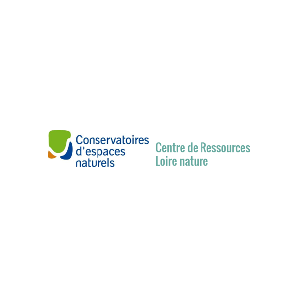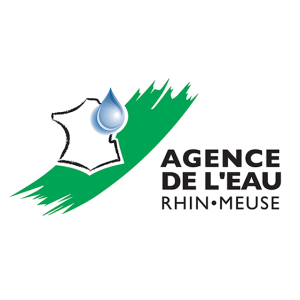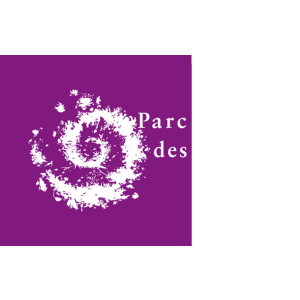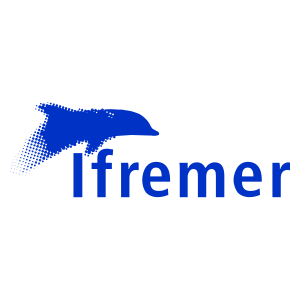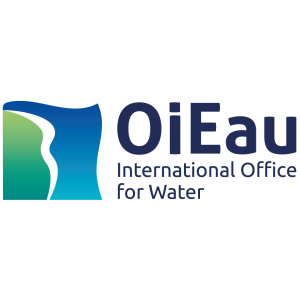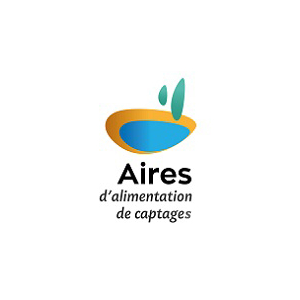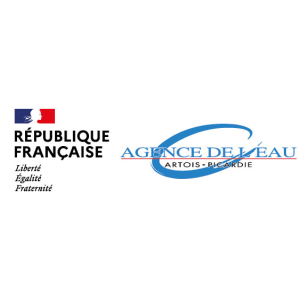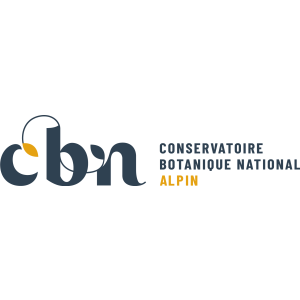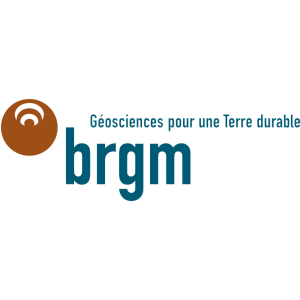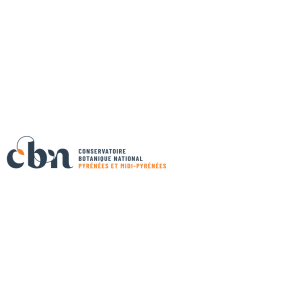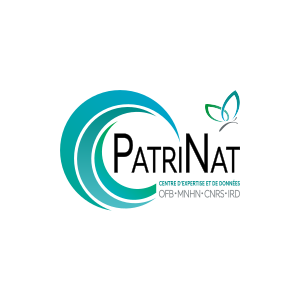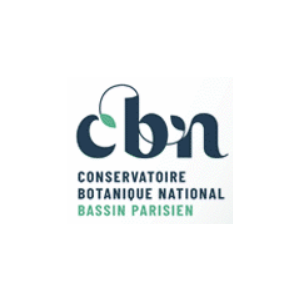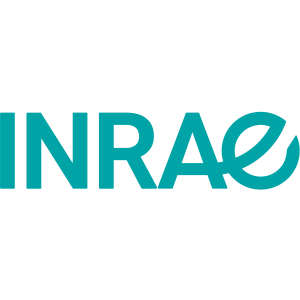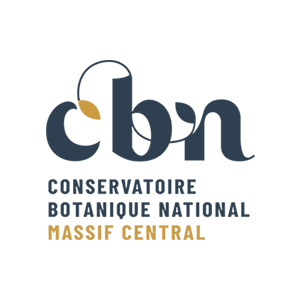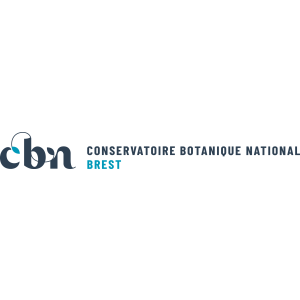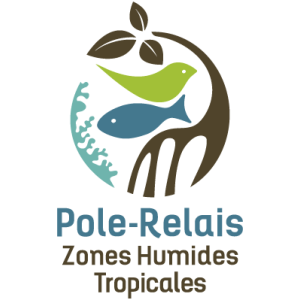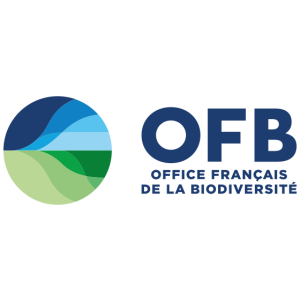
Document généré le 14/12/2025 depuis l'adresse: https://www.documentation.eauetbiodiversite.fr/fr/notice/etude-comparative-des-caracteristiques-ecophysiologiques-et-des-performances-de-croissance-de-l-huitre-creuse-crassostrea-gigas-diploide-et-triploide-en-milieu-controle
Etude comparative des caractéristiques écophysiologiques et des performances de croissance de l'huître creuse Crassostrea gigas diploïde et triploïde en milieu contrôlé
Titre alternatif
Producteur
Contributeur(s)
Identifiant documentaire
9-1509
Identifiant OAI
oai:archimer.ifremer.fr:1509
Auteur(s):
Haure, Joel,Fortin, Adeline,Dupuy, Beatrice,Nourry, Max,Palvadeau, Hubert,Papin, Mathias,Penisson, Christian,Martin, Jean-louis
Mots clés
Growth
Ecophysiology
Oyster
Crassostrea Gigas
Eeproduction
Milieu Controle
Croissance
Triploide
Diploide
Ostreidae
Huitre
Crassostrea Gigas
Ecophysiologie
Reproduction
Date de publication
01/01/2003
Date de création
Date de modification
Date d'acceptation du document
Date de dépôt légal
Langue
fre
Thème
Type de ressource
Source
Droits de réutilisation
info:eu-repo/semantics/openAccess
Région
Département
Commune
Description
Introduction: Marine farming in France is currently very widely dominated by oyster farming. French oyster production totals 148,467 tons, for a turnover of close to 280 million euros, making France the leading European producer. The two main species concerned are the cup oyster, Crassostrea gigas (140,000 tons) and the flat oyster, Ostrea edulis (2,000 tons), the production of which has collapsed since 1970 following successive epizootics of Marteilia refringens and Bonamia ostreae. French oyster farming is thus in a situation of quasi single-crop farming, with more than 90% of tonnage pertaining to the cup oyster (FAO data from 1993).
This situation of quasi single-crop farming leads to the pessimistic observation that one hypothetical crisis in the French stocks, comparable to the one in 1970, would, a priori, leave no replacement alternative. Currently, there would be no substitute species with the characteristics of acclimatisation and resistance comparable to those of C. gigas in the event of high mortality (Boudry, pers. comm.). However, the diversification of species bred in oyster farming is indispensable in order to diversify the market and minimise the pathological risks that may put this occupational activity in danger.
Thus, research has been done on the reintroduction of known species such as Crassostrea angulata (Huvet, 2000; Haure, 2001) or the optimisation of existing production of the flat oyster, O. edulis (Haure, 1999). This recent research, although promising, is not currently transferable to this occupation.
In order to make the occupation of oyster farming durable, other avenues of research are being explored to improve the growth performance, survival and quality of the cup oyster, C. gigas. Recent studies based on the selection of genitors showed that there existed a genetic basis for the growth and survival of C. gigas (Ernande et al., 2000) but the inheritability of these characteristics must still be validated before adopting selection outlines. Other studies also aiming to optimise C. gigas' performance have focused on polyploidy. This research has made it possible to obtain sterile triploid cup oysters, the gonadic reduction of which allows for a better growth rate and marketing spread out over the entire year.
It has been demonstrated that the triploid oyster shows constant growth performance throughout the year (Allen and Downing, 1986), as well as a much more developed skin quality and resistance to pathogens such as Vibrio parahaemolyticus than the common diploidic oyster (Peyre et al, 1999). Aquafarming's interest in the use of triploid individuals has, in the last few years, led to the development of this production in France (Hirsh, 2001).
Various techniques make it possible to obtain triploid individuals. Although the success of triploidisation is high thanks to the application of a treatment using cytochalasin B (Downing and Allen, 1987) or even using 6-dimethylaminopurine (6-DMAP) (Desrosiers et al, 1993), the results obtained are very rarely 100%. Research teams developed a more effective strategy for producing triploid oysters by interbreeding tetraploid individuals and diploid individuals. However, very little bibliographical data are available on this subject (Hirsch, 2001) and the techniques for obtaining tetraploid oysters are barely divulged.
This study proposes to compare in a monitored environment the growth and survival performance of diploid and triploid C. gigas cup oysters (of the same filiation) obtained on the one hand by the action of an inhibitor (CB) and on the other hand, by tetraploid and diploid interbreeding. It proposes as well to compare the ecophysiological activities of these three populations in order to establish a scope for growth and determine the share of energy available for growth (soma and shell) and for reproduction.
Accès aux documents
0
Consultations
0
Téléchargements
